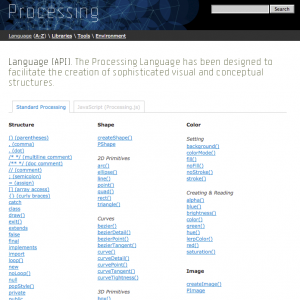Java programmers can use the Kinect quite comfortably via the Processing language. On codasign there are a number of articles that’ll teach you how to do this quickly. It’s based on the OpenSimpleNI package.
The Kinect has become so popular because it can track a person in space by inferring a “skeleton” in 3D space (using a depth image). This means that the human user is not only detected in space but that his/her rough body structure is reconstructed and the system then know where certain key body parts (hands, feet, hip …) are located in space. 
This can be used to react to movement in space (approaching, retreating…), body orientation (facing the system or not …), hand gestures (wave, swipe, cross …) and even body posture (leaning over, sitting …).
In the following linked-up pages, you can learn how to set up the Kinect with Processing and how to obtain skeleton information in 3D space. Gesture detection is yet another topic.
Installing OpenNi for Processing: shows you how to get started.
Using the Kinect with Processing: Overview of Kinect-related pages in codasign.
Skeleton Tracking with the Kinect: Explains how to access the skeleton information.
Getting Joint Position in 3D Space from the Kinect: This is interesting because it does not only show how to retrieve joint locations but also how to easily obtain the projection onto screen coordinates.
Reference for Simple-OpenNI and the Kinect: Some potentially interesting information about the SimpleOpenNI class.

